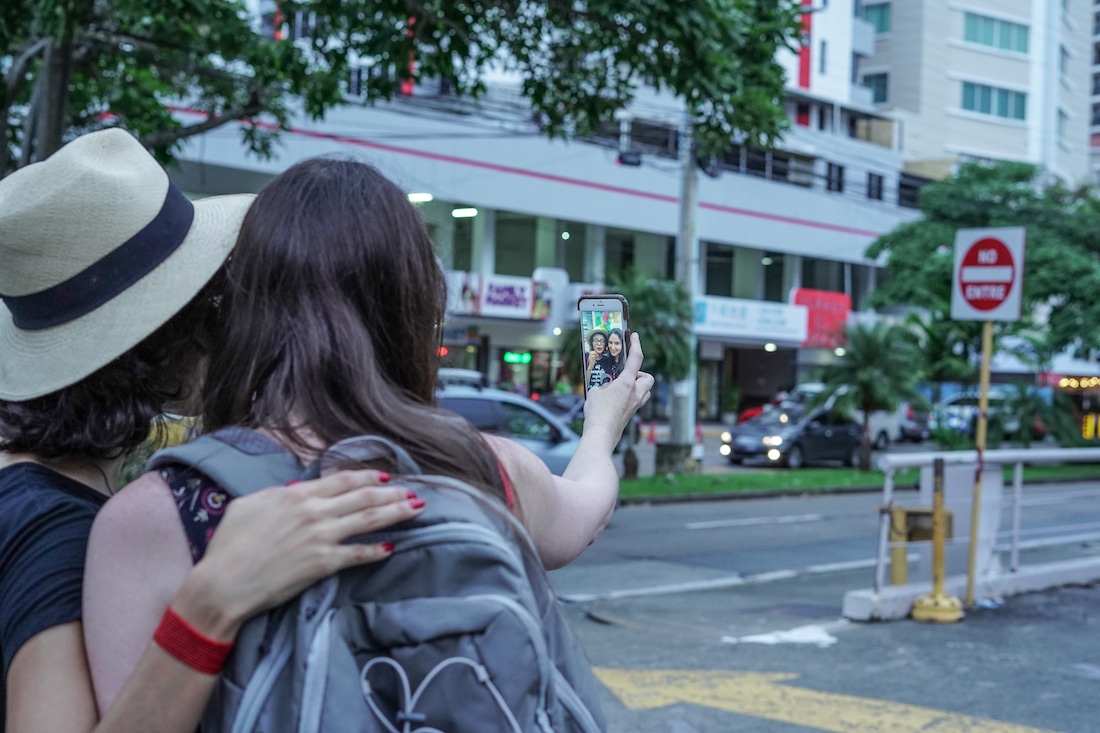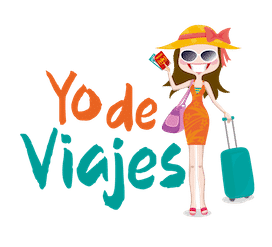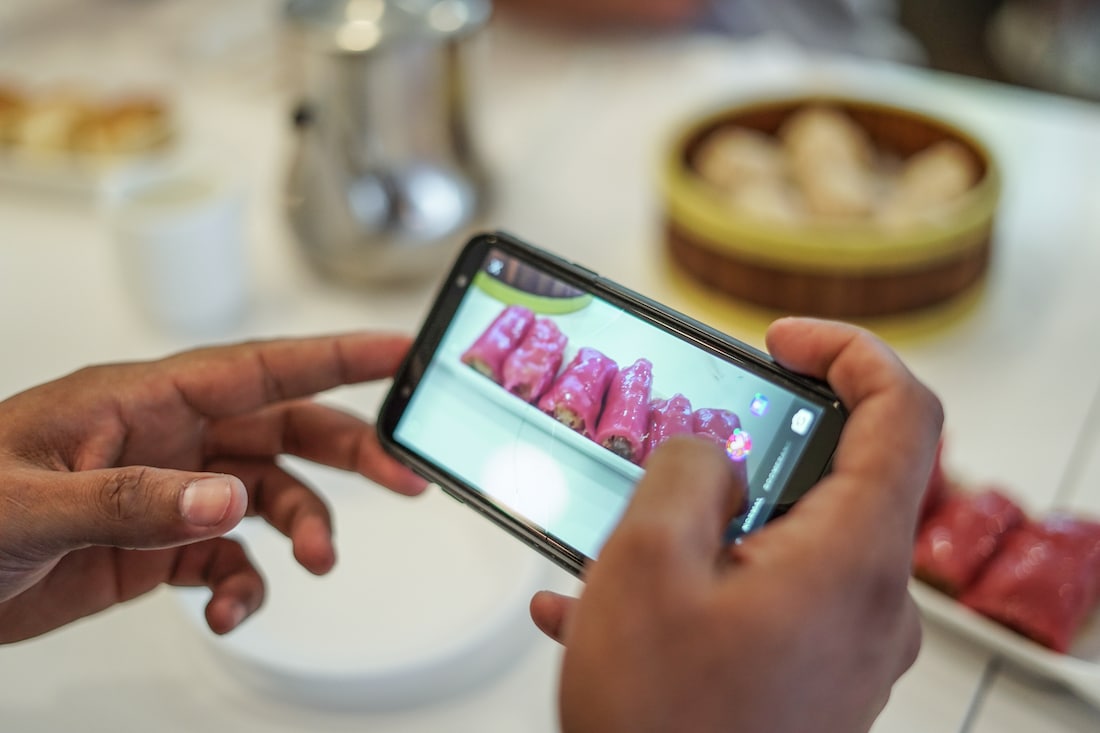Panama is a melting pot, which is perceived in the faces of its citizens. The features are a combination between indigenous, West Indian, Chinese and European, to a lesser extent. All these influences have impacted our cuisine, including the custom of eating Chinese food in Panama.
In the last ten years we have experienced a gastronomic transformation with the entry of young chefs with the help of veteran chefs who have managed to rescue and modernize recipes. They have also incorporated many ingredients and methods that were being lost.
Tourists go to a country to try their local food and today, Panama has a lot to offer gastronomically.
Booking.com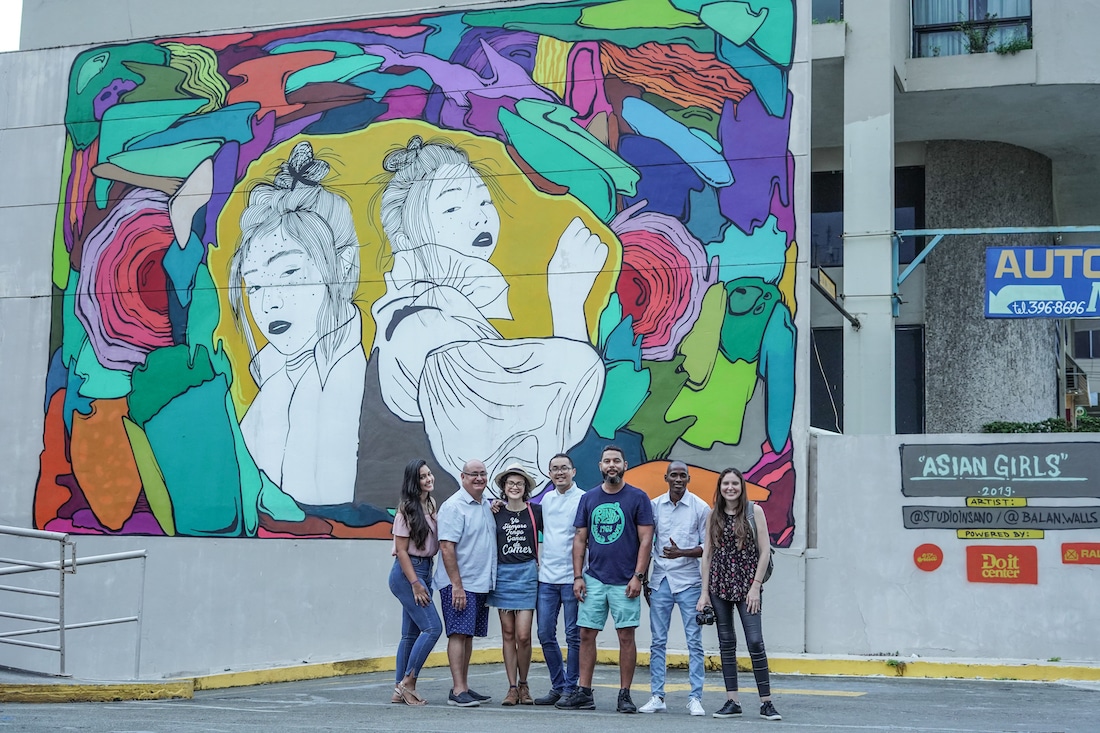
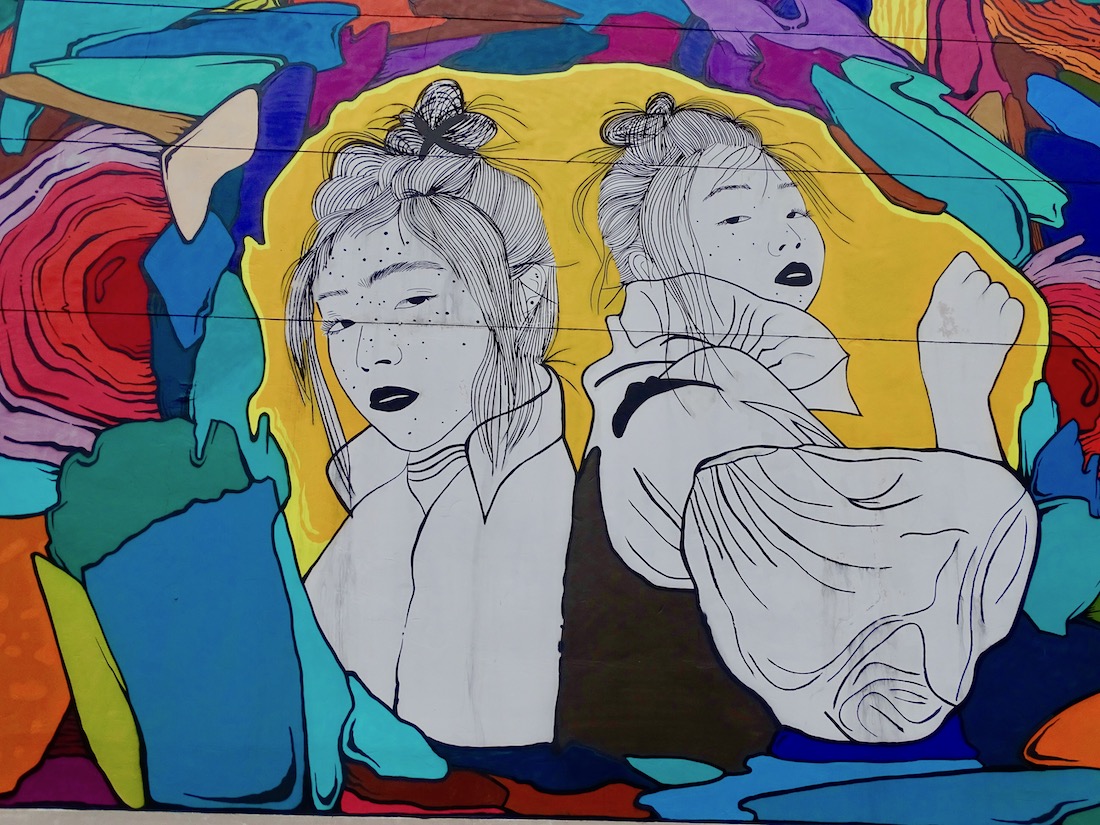
‘La Guía del Foodie’
The idea of doing gastronomic tours is something new for Panama. Corina Briceño a young journalist began to enter the gastronomic world without having culinary studies. When she arrived from Venezuela to Panama, she thought that an easy way to get to know the culture would be through food. Four years ago she started a blog and an Instagram account called ‘La Guía del Foodie‘. Foodie refers to a person who likes to eat and she identifies with that term.

Her first tours were in Casco Viejo. In August 2018 she chose five of her followers and went to eat with them getting courtesies from each restaurant. She realized that this was something that people, especially tourists, were looking for since they wanted to be guided with someone who knows where to eat and knows how to tell the story. Each area of Panama has its own gastronomic proposal. She continued with the neighborhood of San Francisco and then thought about doing something in the El Dorado Chinatown of Panama City.
Eating Chinese food is very common in Panama. On weekends most Panamanians eat dim-sum and there are endless Chinese restaurants. Corina felt that El Dorado was an unexplored treasure that had many dining options but people don’t know where to eat. She went with a Panamanian-Chinese friend to visit several places. Then she partnered with chef Felipe Chong, who I knew since I had taken cooking classes with him. The tours are with a group since Chinese food in Panama is served in large portions, so you should share dishes with several people.

El Dorado Chinatown
The first Chinese arrived in Panama in three groups between 1852 to 1854. It is not known exactly how many they were but it is estimated that between 700 to 1,600 people arrived to build the Panama railway. They were brought almost as slaves, Felipe tells us that “one of the most characteristic places was Mata Chin on the Chagres River near the bank of the canal. It was called that because many Chinese people committed suicide because they became depressed when they were banned from opium consumption. ”Every year a floral offering is made in commemoration of the Chinese who died in the construction of the railroad and the Panama Canal.
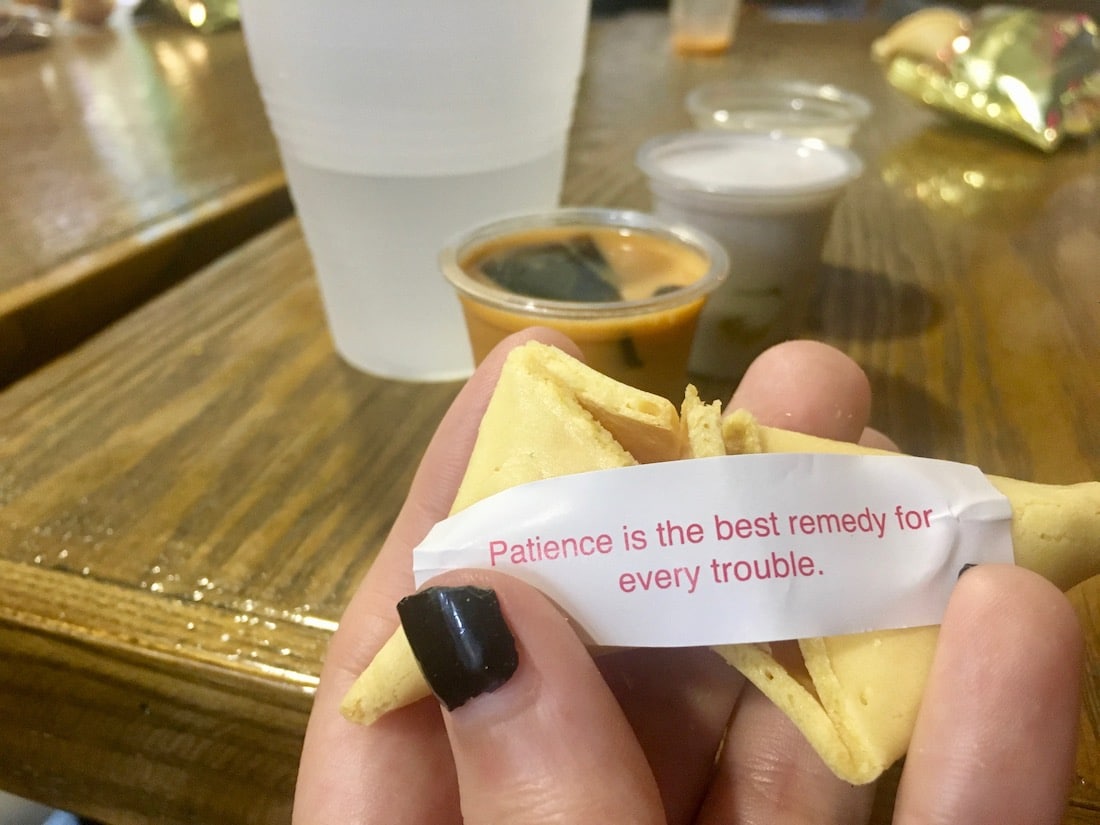
They started to establish stores since the construction of the canal. The Chinese community in Panama has more than 150 years contributing to the culture and economy of Panama City. The first Chinatown is near the Casco Viejo on Avenida B. A large community of Chinese settled there. By 1990s a group of businessmen bought land that is the current Panamanian Chinese cultural center and established the school. The families moved and this area became the second Chinatown. There are two more, in Condado del Rey and Los Pueblos but they don’t have that much essence.
The Chinatown of El Dorado basically consists of two streets. There are about 30 shops between markets, restaurants and electronic stores. According to Felipe, 1/4 of the Panamanian population it is related to the Chinese culture but this must be seen in the next census in 2020. The Chinese have continued to migrate to Panama, and they also come and go between China and Panama. We currently have the largest Chinese community in Central America.
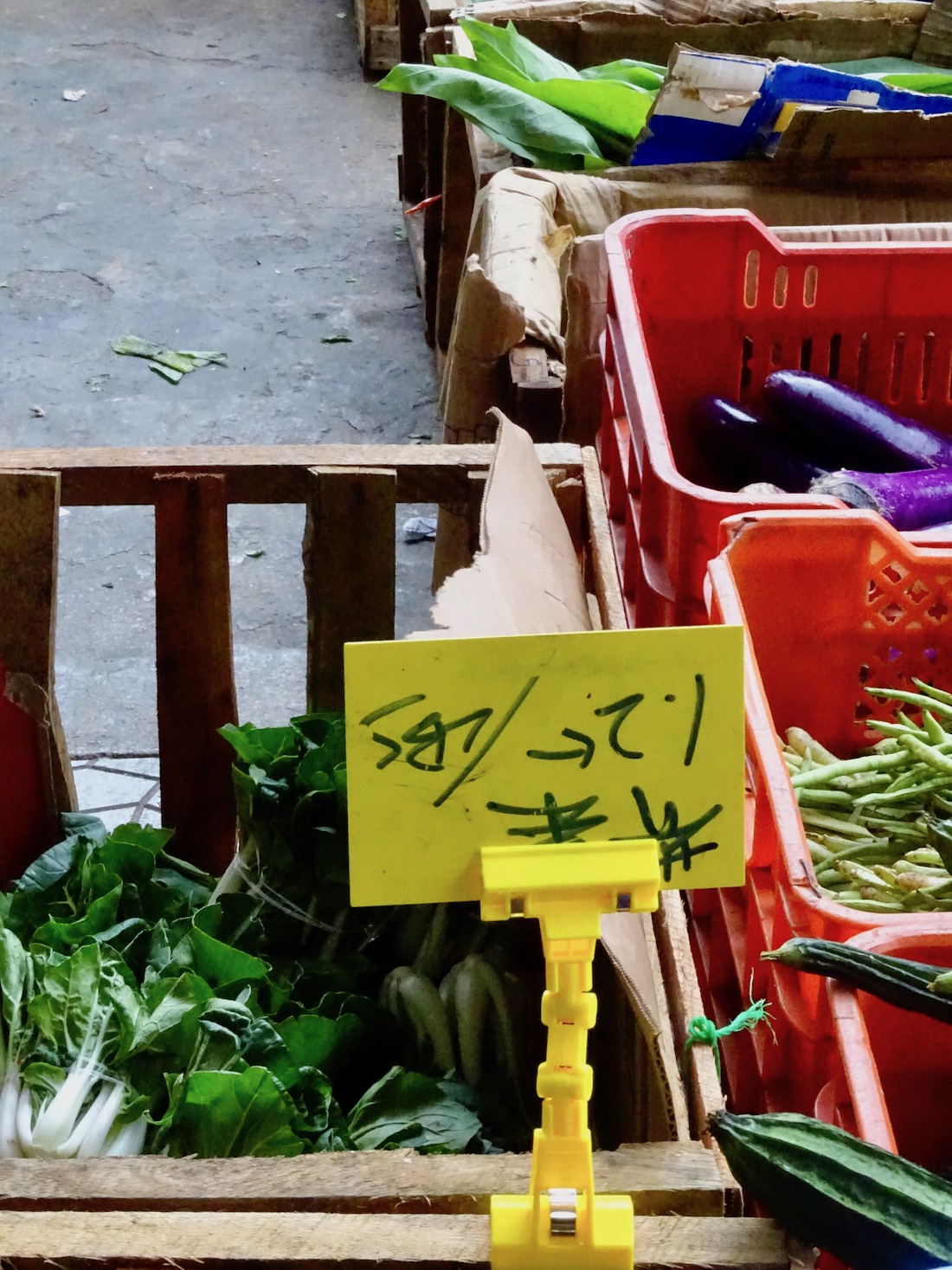
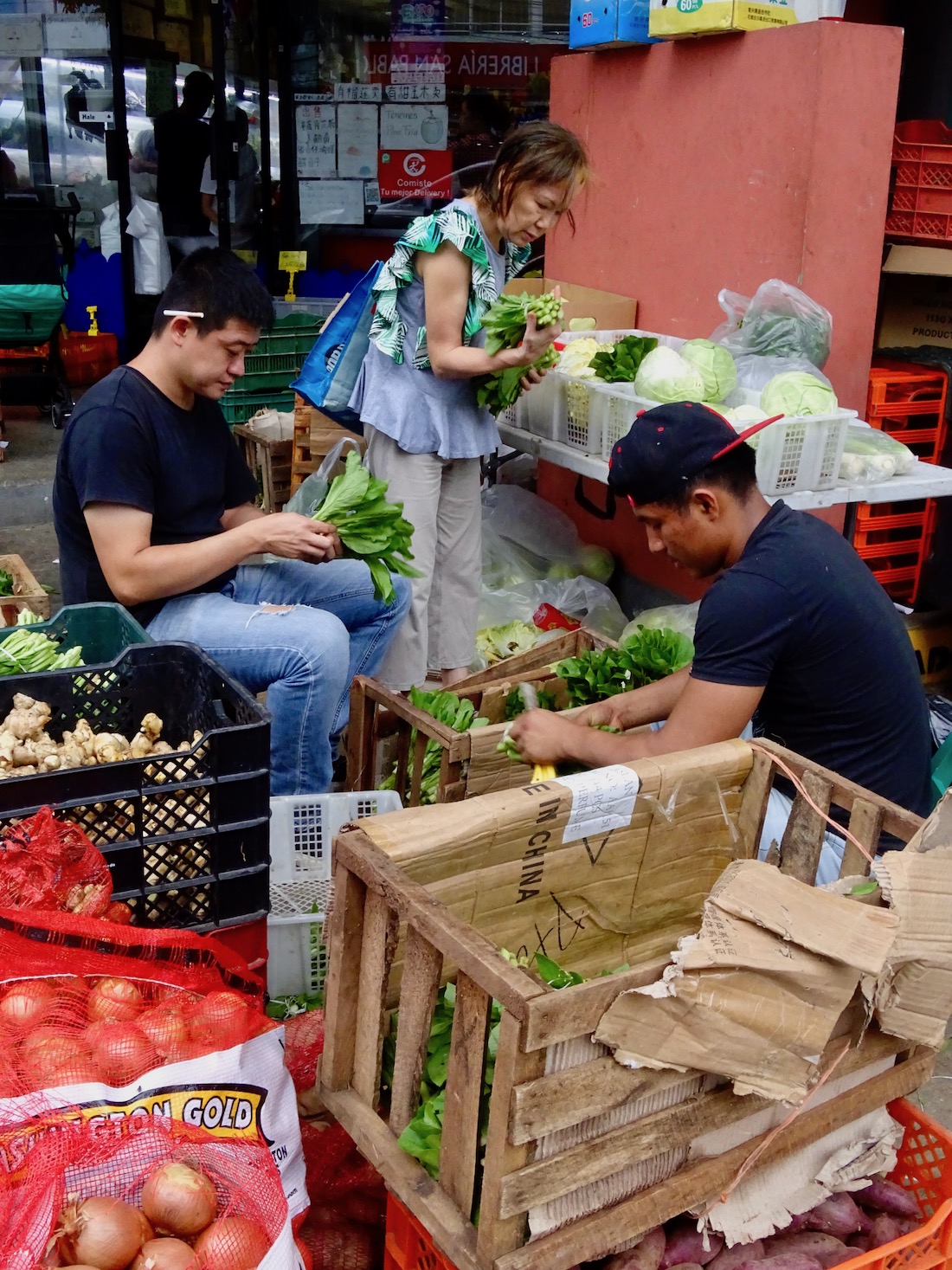
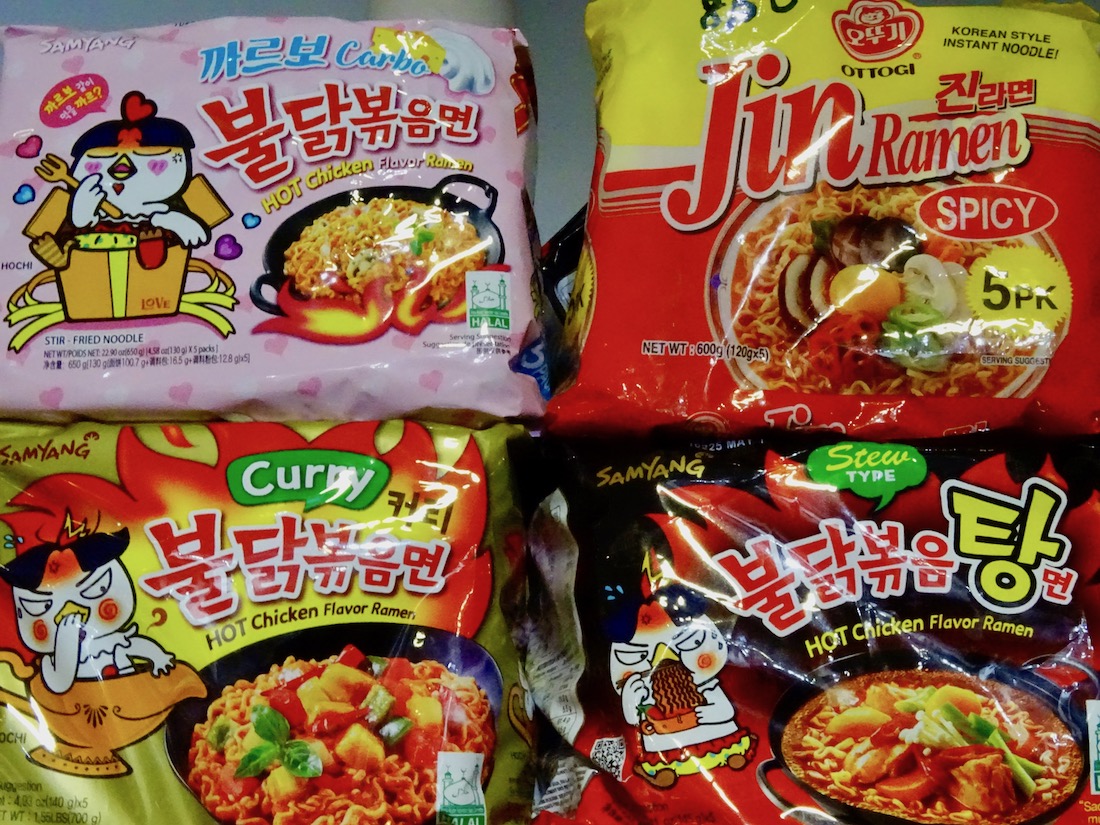
Stops to try Chinese food in Panama
Cantonese food
The first stop was what traditionally is known as Chinese food in Panama. The place was newly remodeled. Felipe asked for a tea and explained that the youngest person at the table should serve it. He grabs the tea pot with the right hand and with the left hands over the cup, serving the oldest person first. It is not served to the top and you should not cheers with tea.
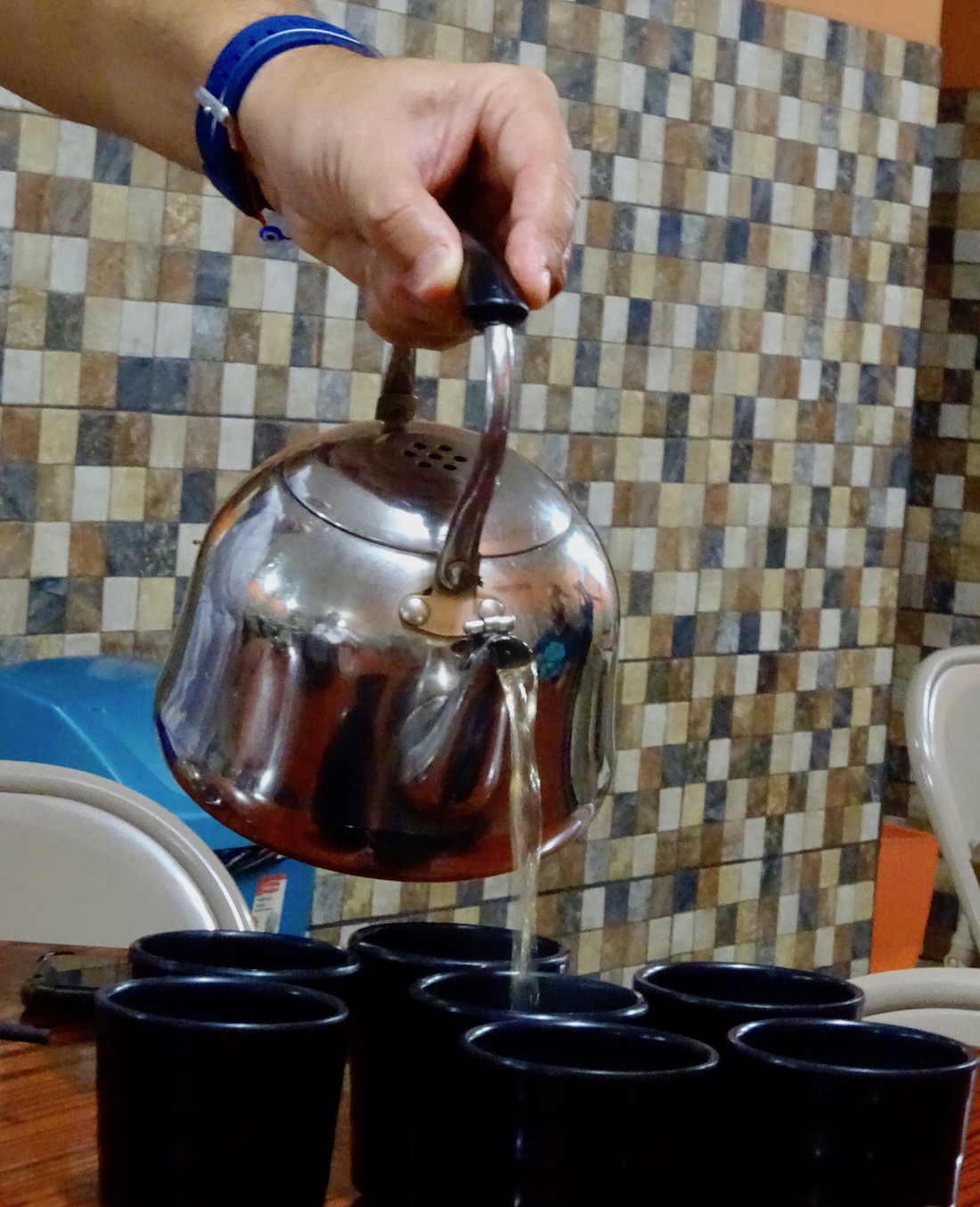
Cheungfan is a large pasta like a cannelloni made of rice and potato flour or cornstarch, which is mixed and cooked on a cloth. The one we tried had a red dye, but it is usually white. The fillings are very varied, they can be shrimp, pork or meat.
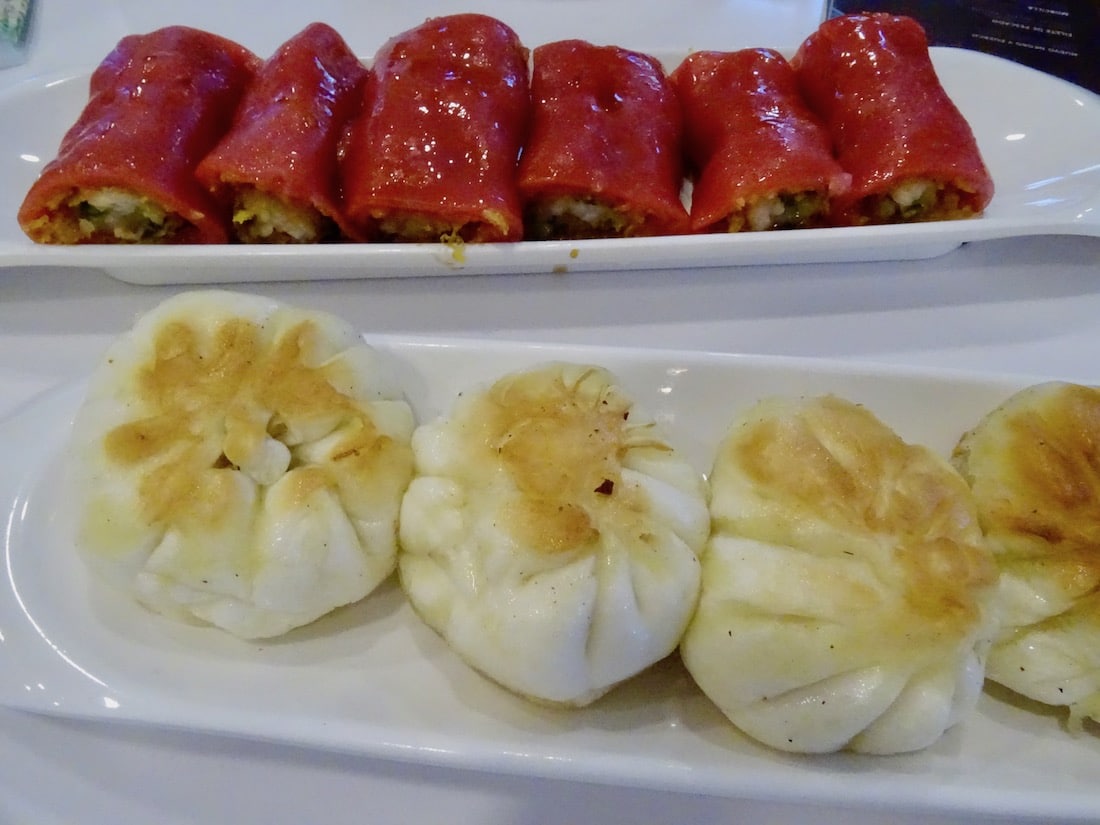
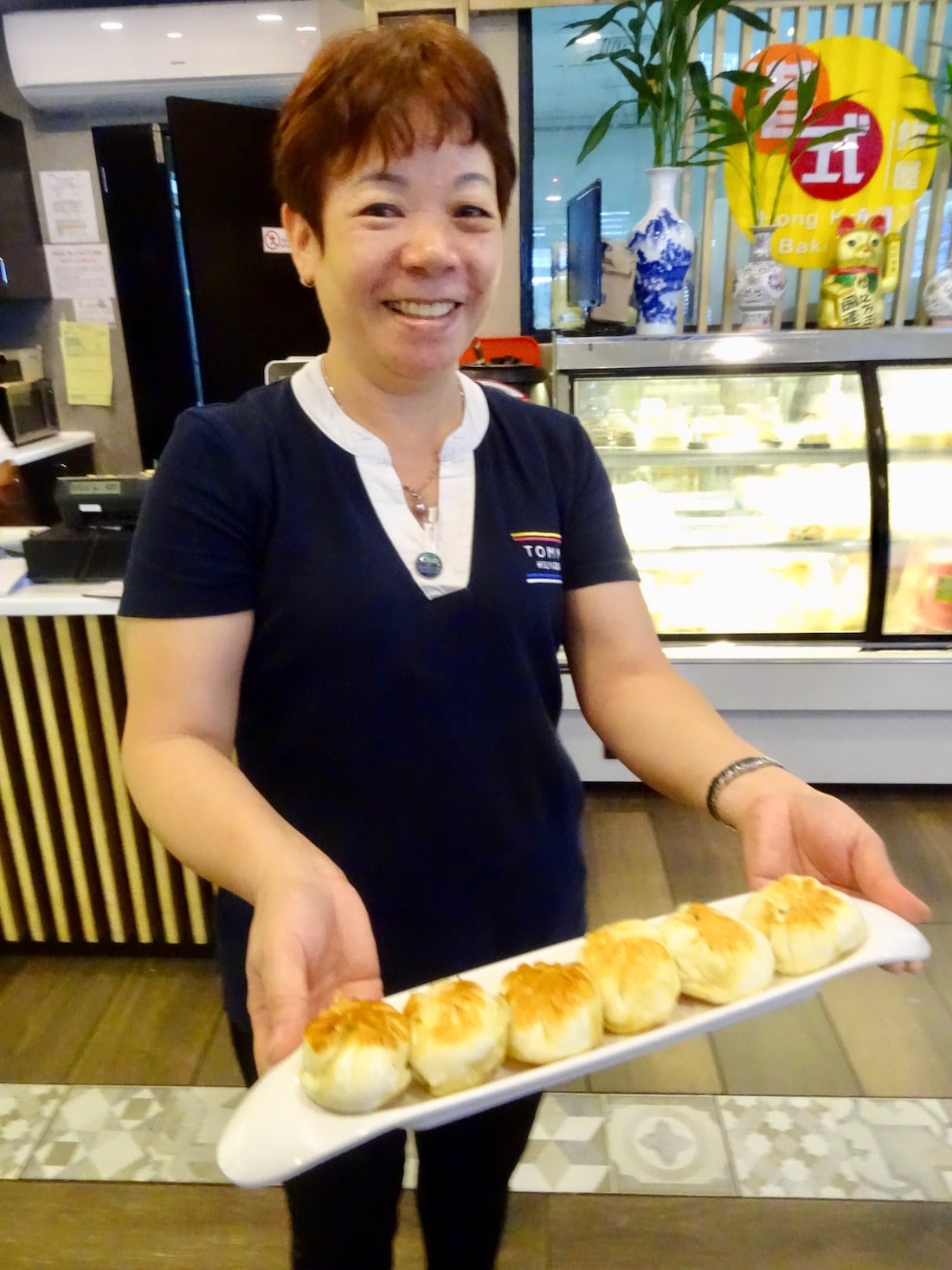
They also served us a fried pork ham pao and xiao long bao. These dishes, including Chinese breakfast, are typical of the Canton region. 99% of Chinese food in Panama is Cantonese, from the southern part of the country.
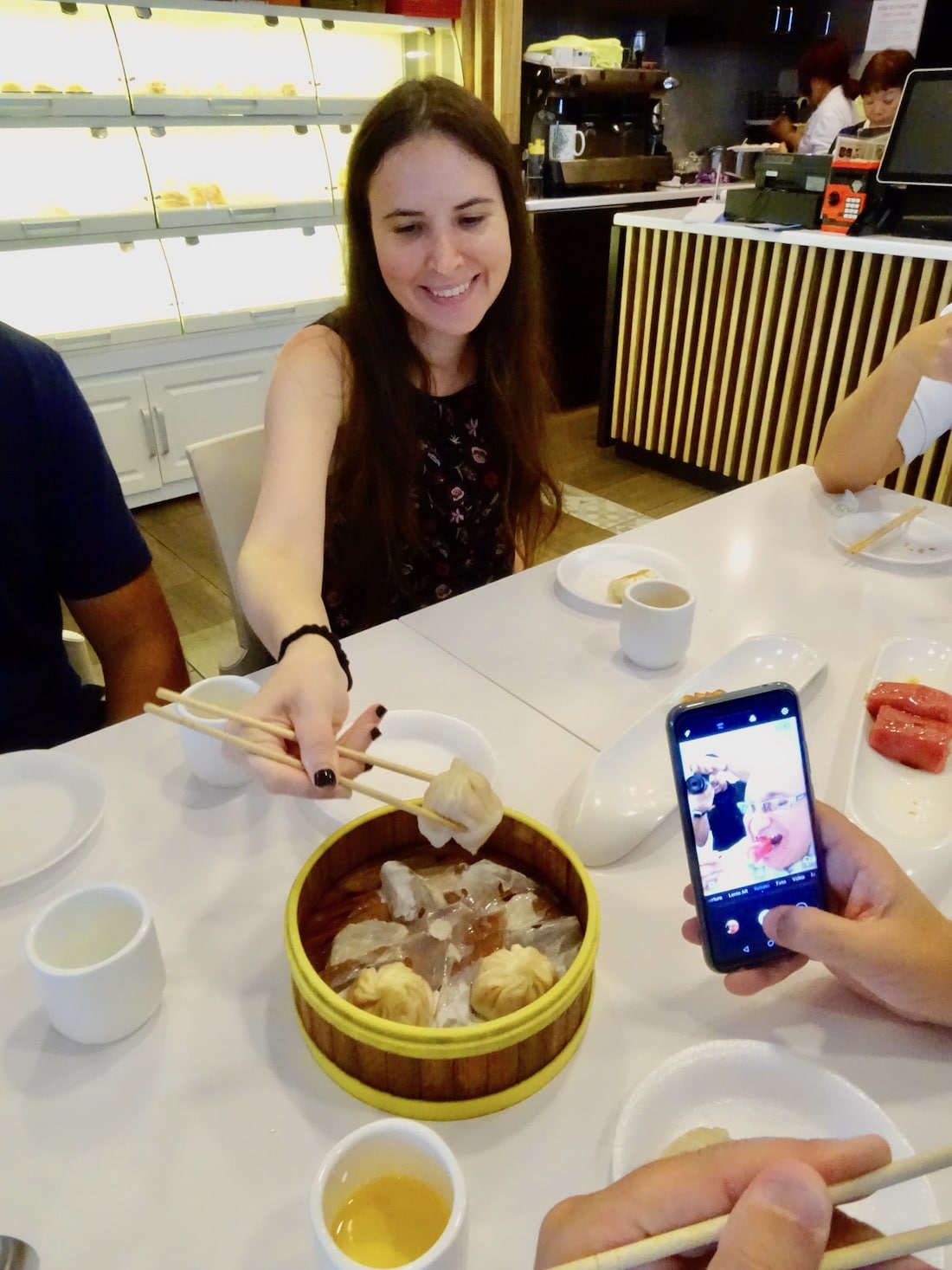
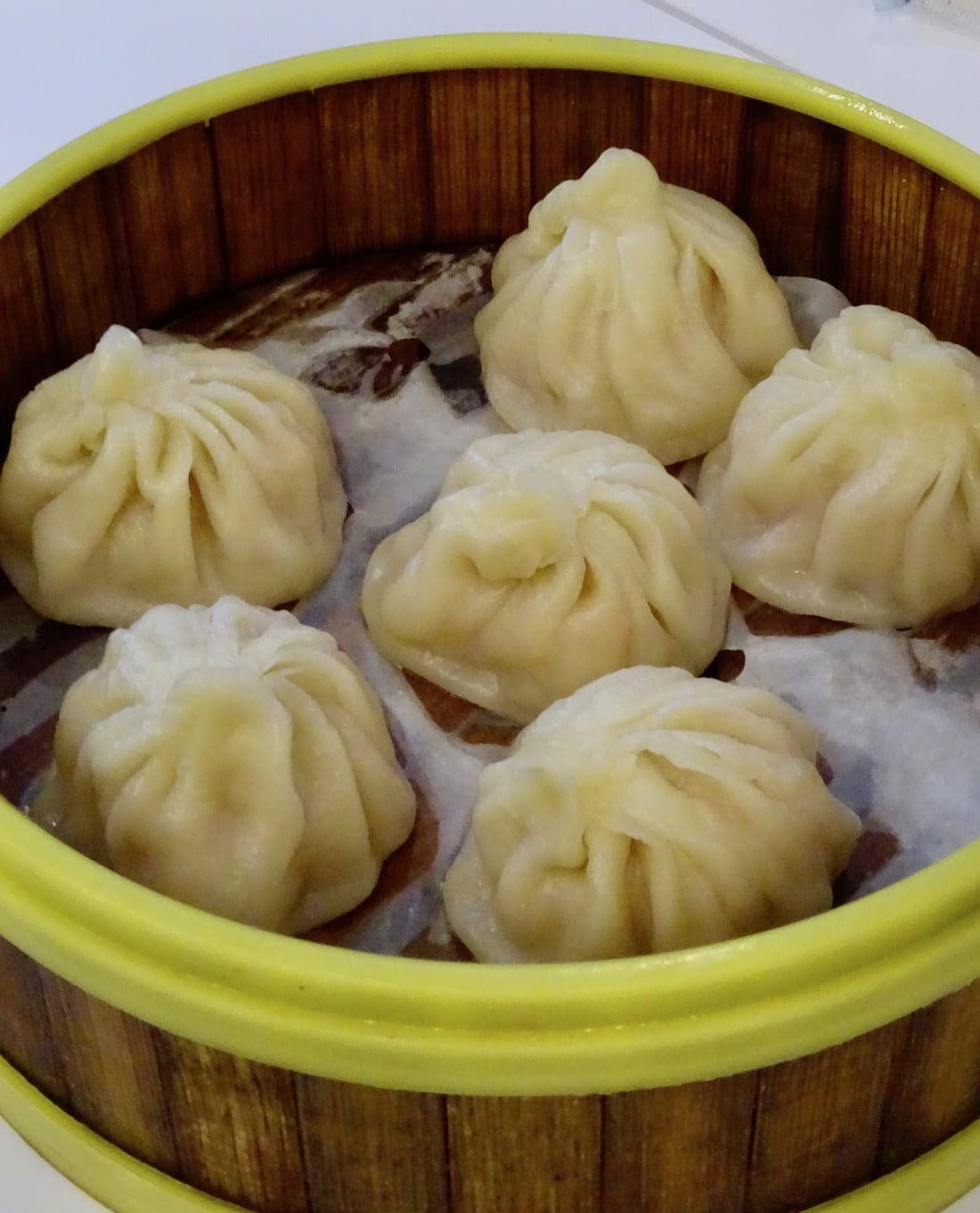
Beijing food
In the second stop we tested the 1% that is not Cantonese. We must remember that China is a huge country and there is a great gastronomic diversity. This restaurant in El Dorado specializes in food from north of China, which means that you can find dishes that are not found in any other Chinese restaurant in Panama. The way to order is very modern with an iPad that shows photos of all the dishes so that people know what they are asking for. The order is sent to the waiters when you select a dish. It is differentiated by category and you can select if you want a small or large portion.
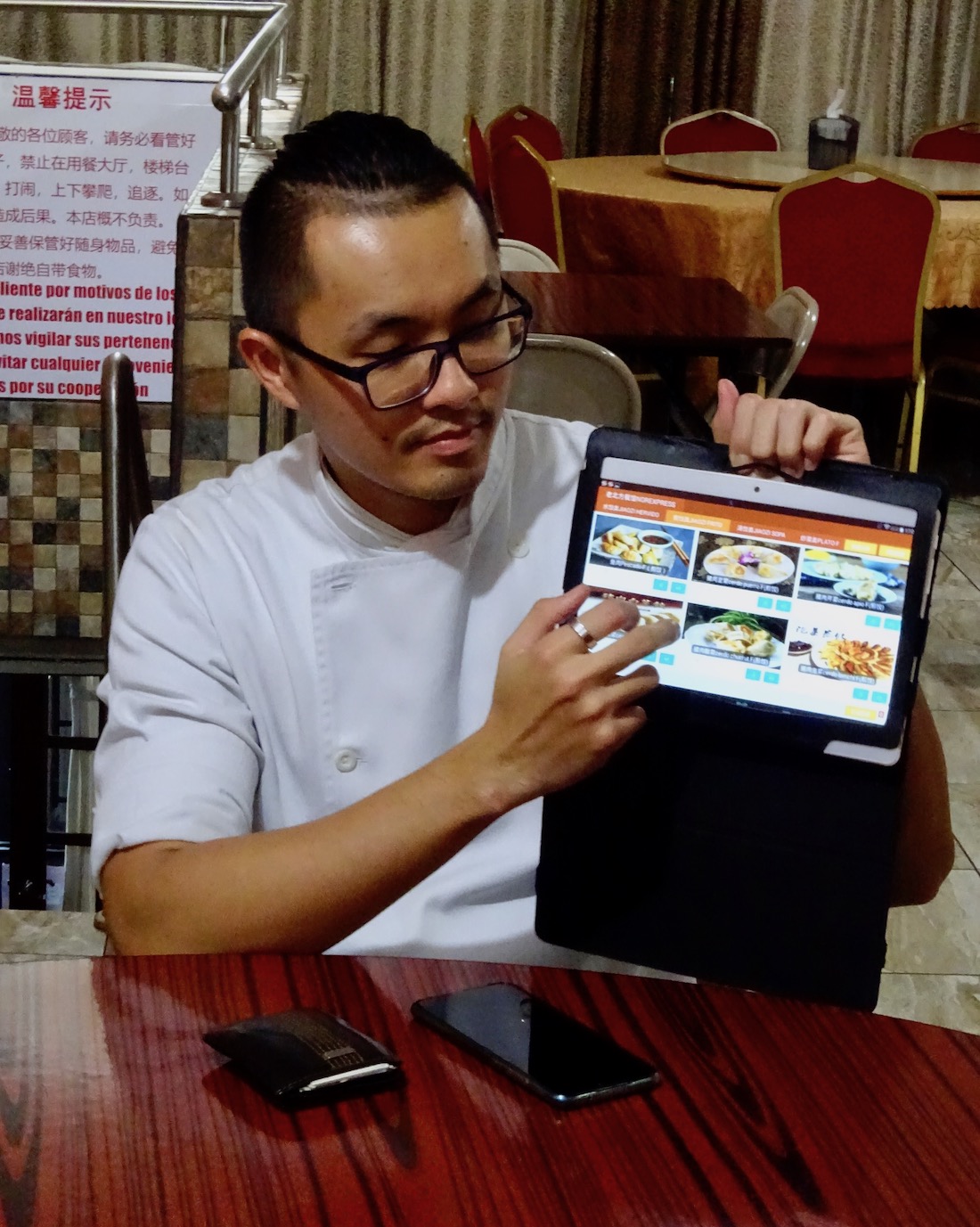
In northern China, near Beijing, they grow wheat so there is a lot of flour to produce dumplings or wo-tips (yaozu is the correct pronunciation), which are known as gyoza in Japan. They offer different fillings from vegetarian, chicken, meat, pork, fish and can be cooked grilled, boiled or fried. They are prepared at the moment, the dough is handmade. We ordered an order of egg-leek wo-tips. This area is characterized by a lot of spicy, garlic, pickles and wheat.
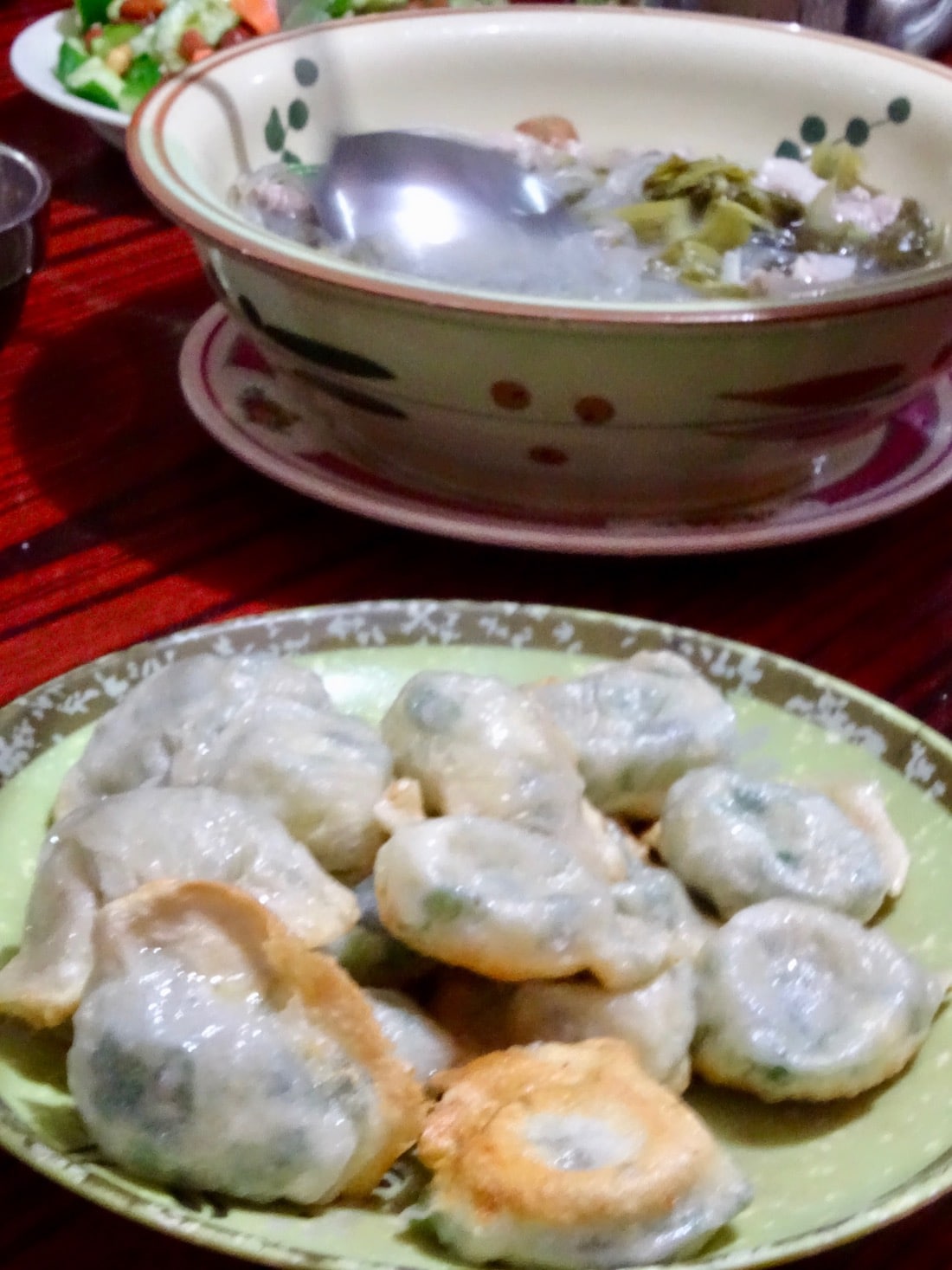
Noodles
Felipe made us prepare a sauce which could be used in all dishes, except a cucumber salad with carrots and peanuts. It is prepared to your own liking, ““if you like spicy, you add more; if you prefer salty, you put more soy; an acid taste is achieved with vinegar and kick with garlic.” He recommends half a tablespoon of garlic, a pinch of chili, sauce of soy and rice vinegar.
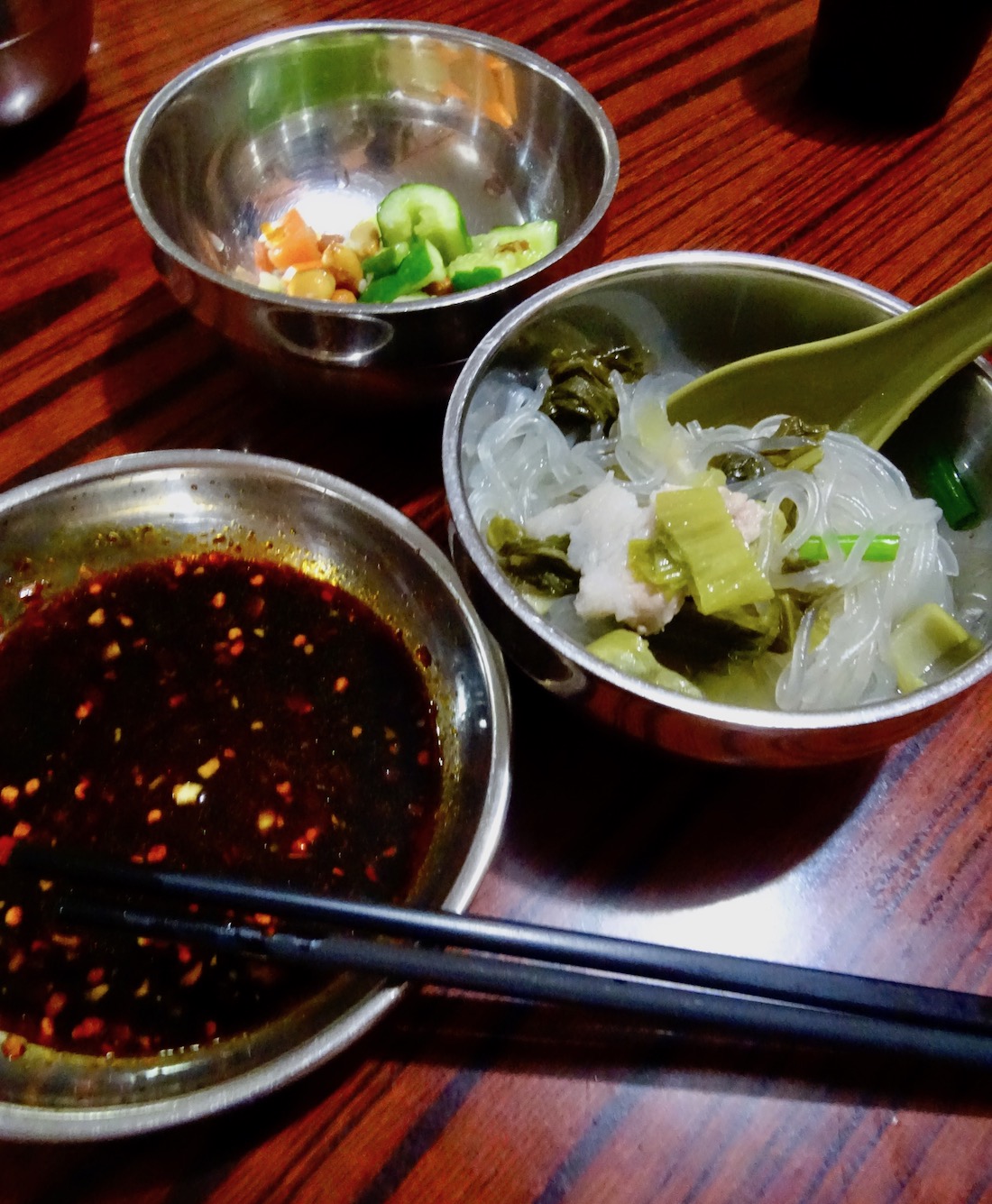
“Salsa is the life of soup,” Felipe tells us. The menu has many options of soups with noodles that are for sharing. Noodles can be transparent if made from sweet potato or beans, but the classic noddles are made of wheat. Chopsticks serve to grab the noodles to get them wet with the sauce, and then are passed to the spoon to bring to the mouth. Within Asian culture it is well seen and it is allowed to make noise while eating, especially soup and noodles so you don’t burn your mouth. Felipe told us that when he went to the house of his friends who were not Chinese, he had trouble remembering that table manners were completely different.
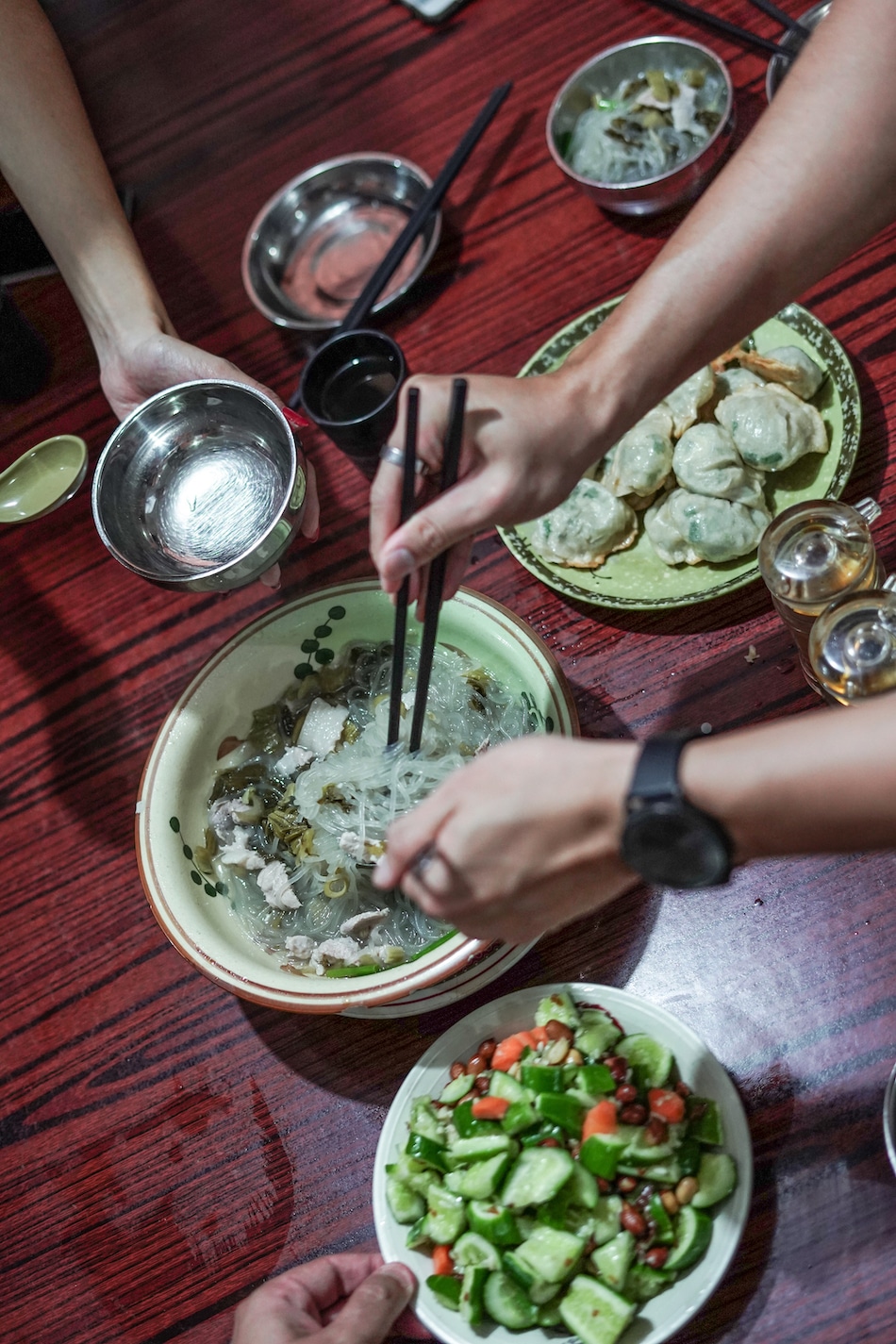
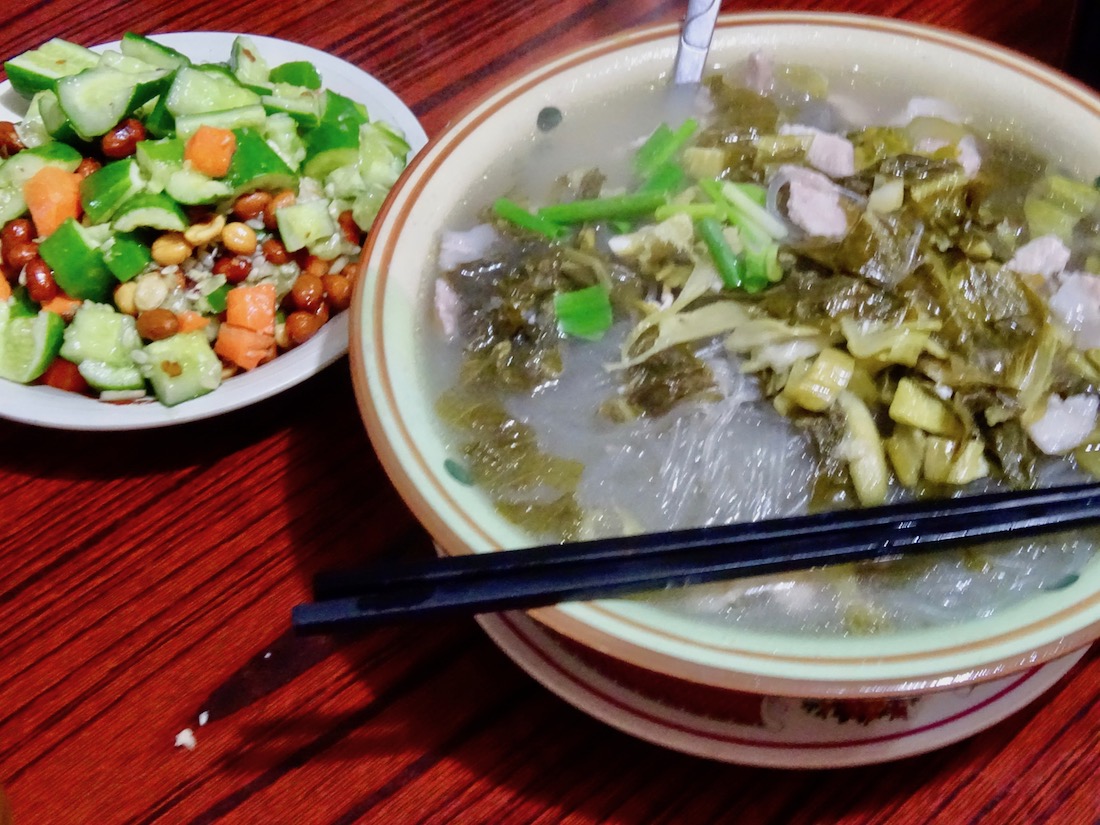
Bakery
The third stop was a bakery called iBakery & Café 888. Number eight is a lucky number for the Chinese. Felipe says “the more eights you have, the more luck and prosperity you will have.” When we think of Chinese cuisine we do not think of sweet things but it is part of their culture. This place specializes in Cantonese pastry with a lot of French, Portuguese and British influence. Unlike European bread that is harder crust, Chinese bread is soft because it has a lot of dairy, egg and fat. The Portuguese influence can be seen in breads with dried meat that are traditional from the Macau region.
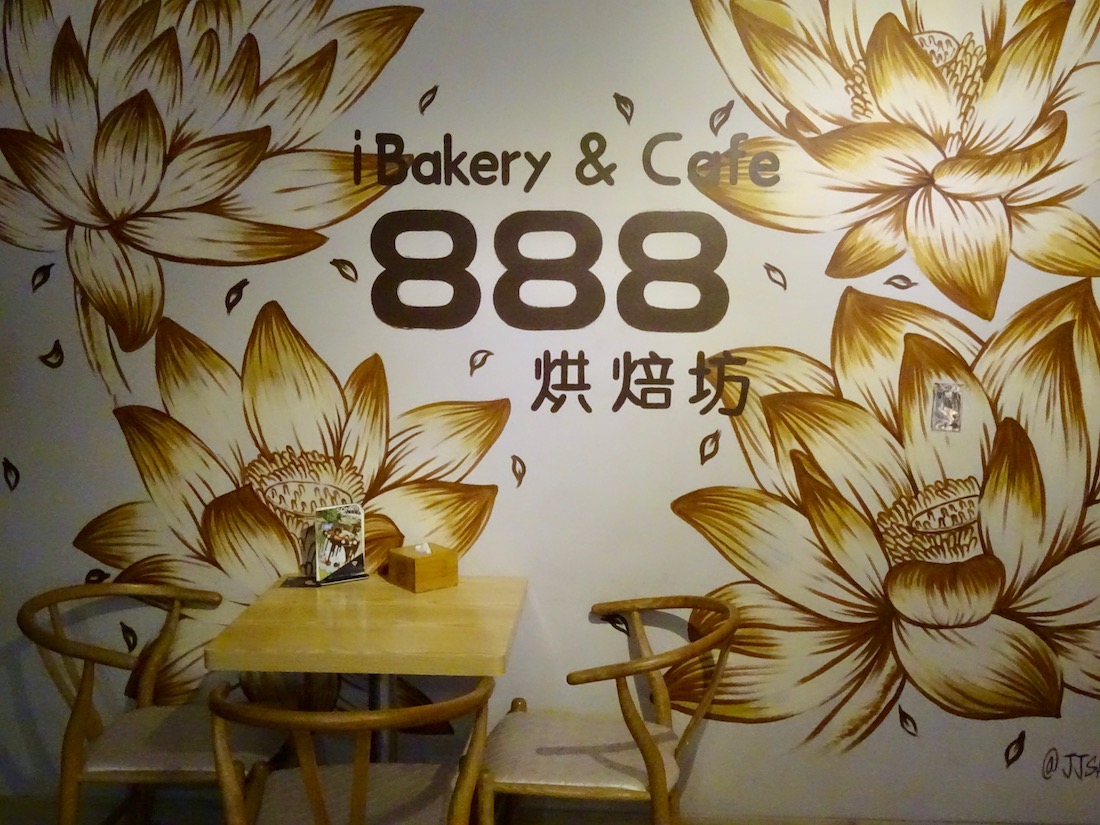
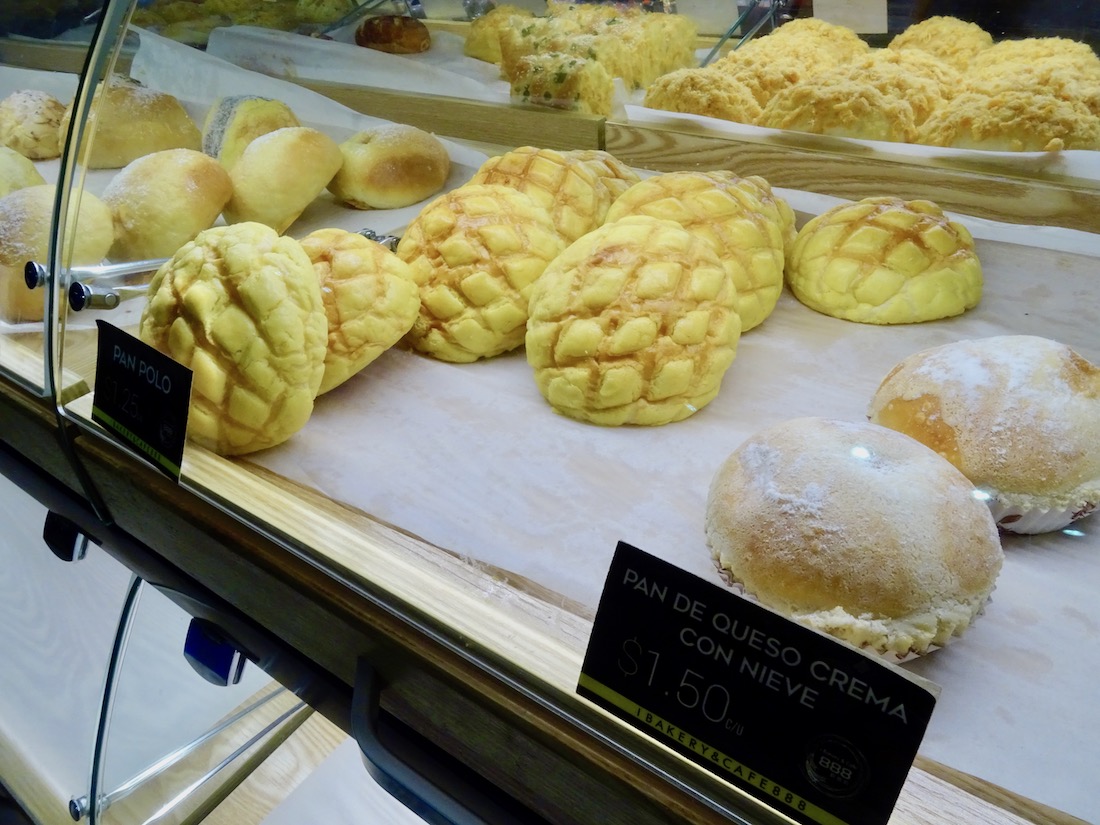
We tried a spongy Japanese cheesecake, unlike the creamy one we know. In addition to genovese or gypsy arm cake stuffed with cream, classic cream pie , egg cake and white chocolate panda mouse. What I liked most was the cassava flour mochi bread stuffed with sweet beans.
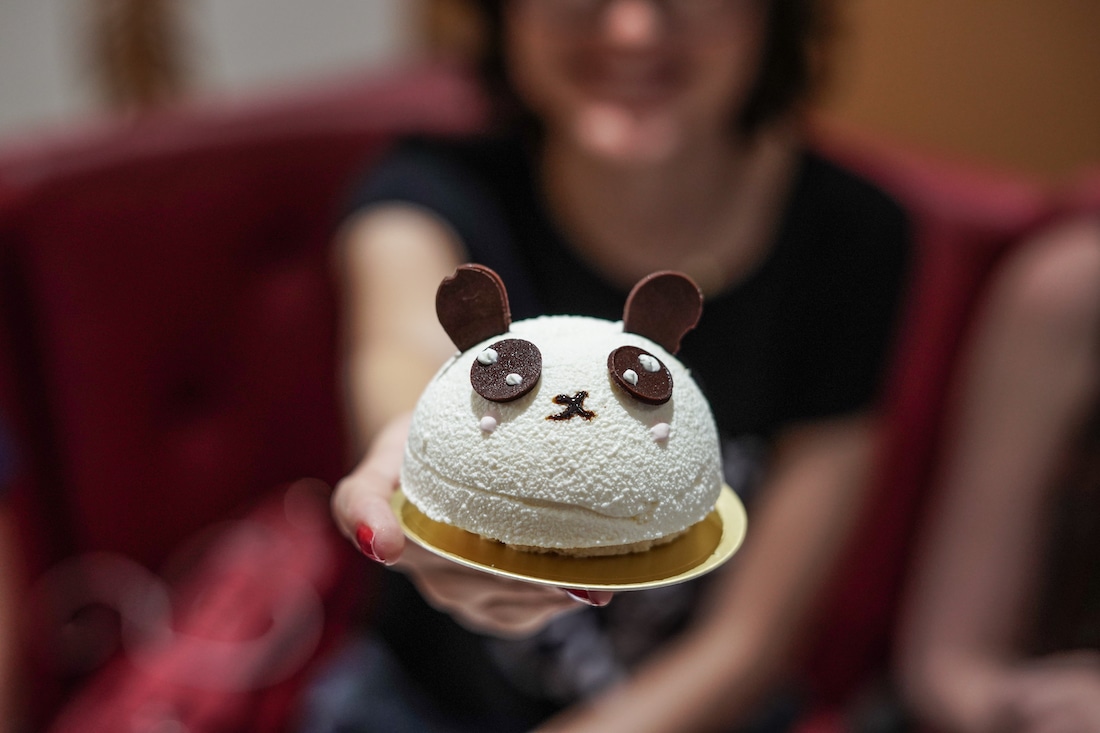
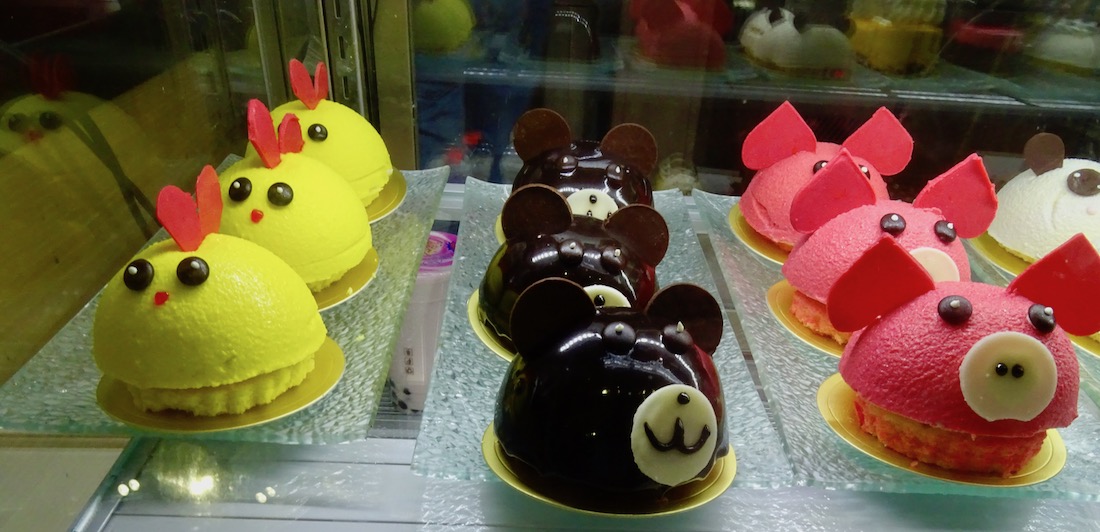
Bubble Tea
Finally we went to a tea house. First we had some cold teas with fruit flavors that I liked a lot. Then we got to try bubble tea that are boiled tapioca pearls or cassava flour which are combined with tea or milk and some kind of flavoring or sugar. I didn’t particularly like it since it was very sweet. You must eat the balls but the texture is quite chewy and it is not something that everyone likes. Balls don’t dissolve or are destroyed when you bite them, so you must swallow them completely. They give you a giant straw so they can pass. This drink is taken cold. If you don’t like it, it can also be taken with herbal jelly that is traditional to Asia in general.
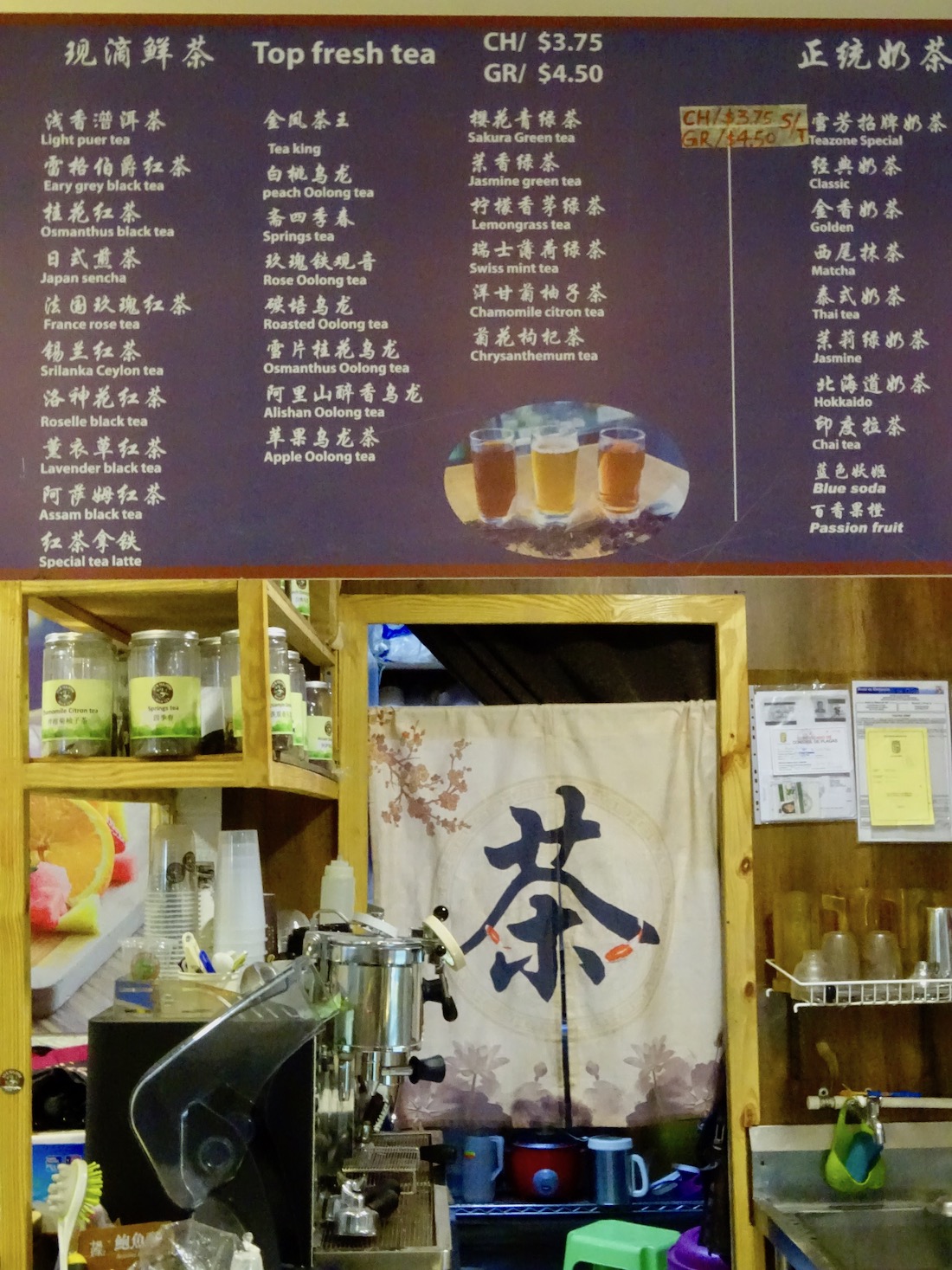
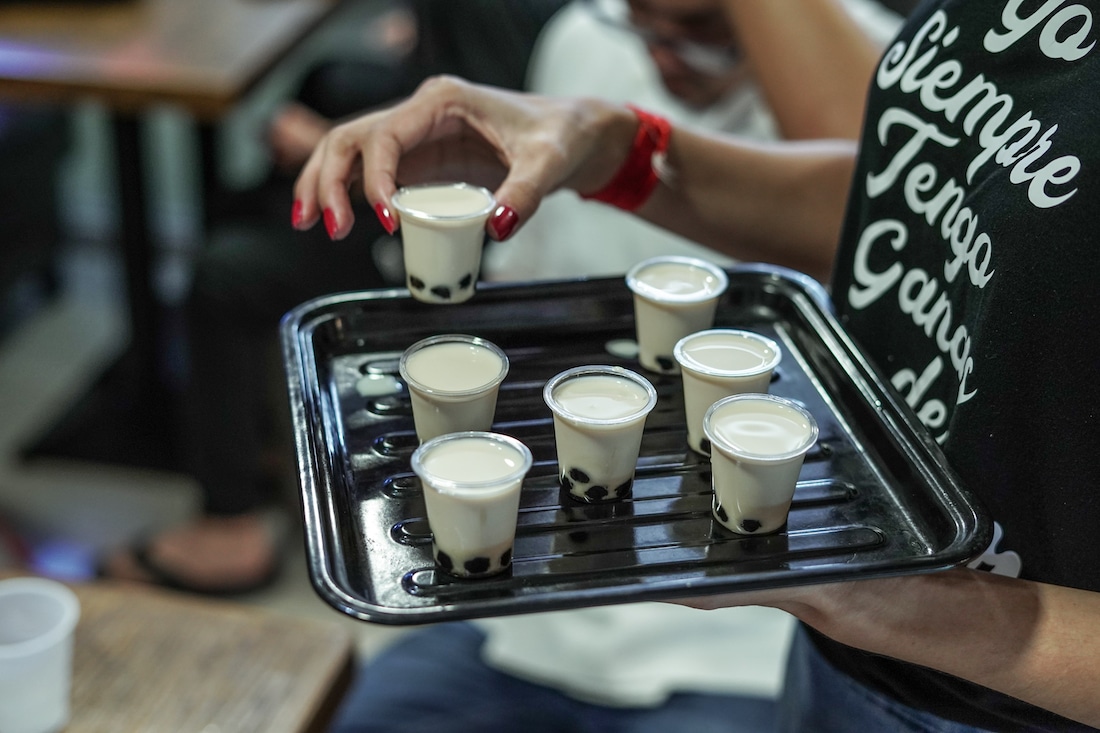
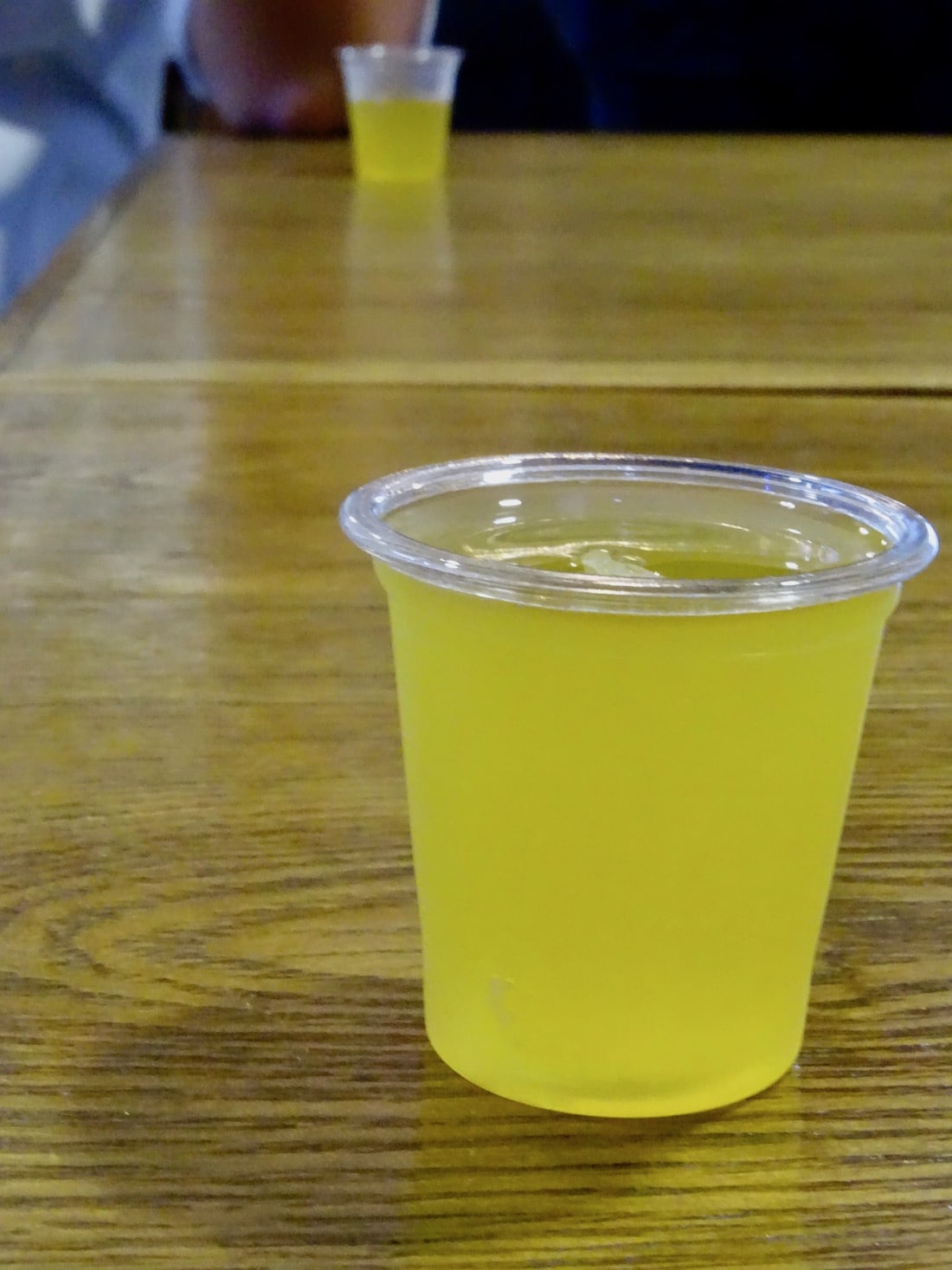
Whether you are a Panamanian, a resident or a tourist, the best way to get to know a city and its culture is through its gastronomy.
